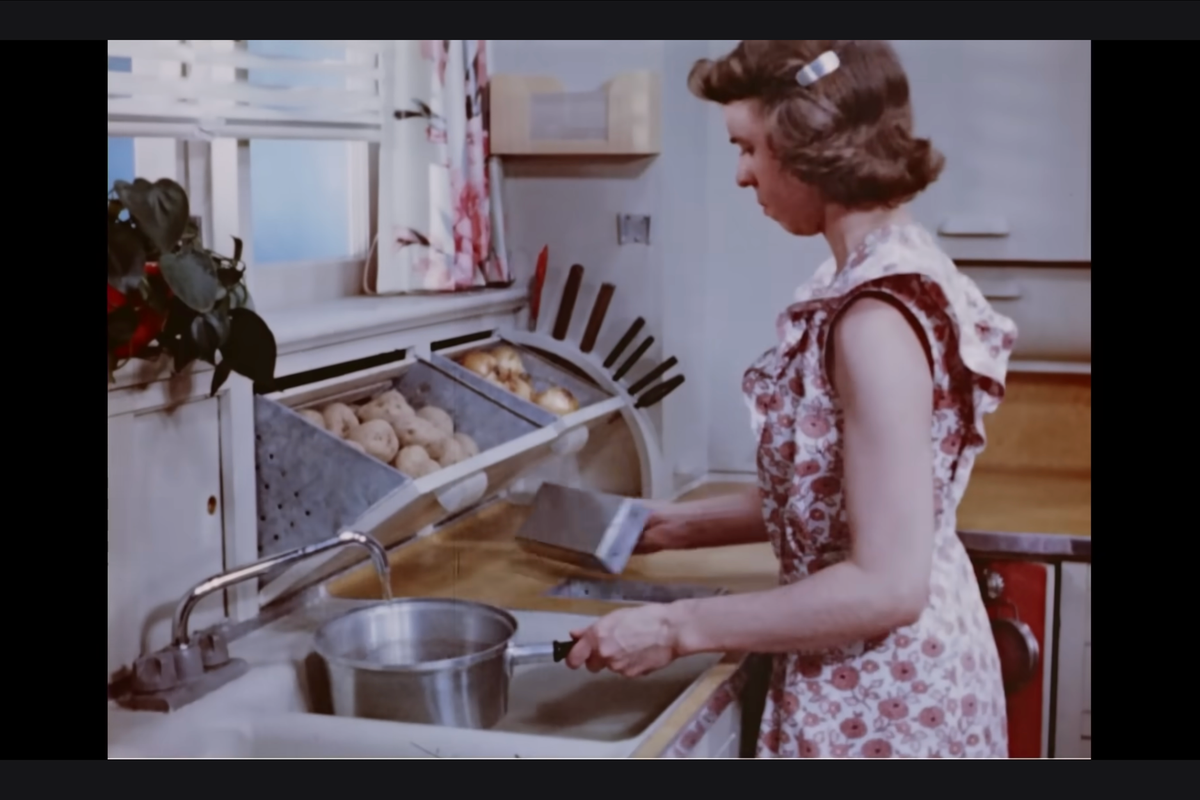Doctors saved the life of a dying boy by replacing 80% of his skin with a last-chance experimental gene therapy.
Not only did he survive, but thanks to the therapy, the boy may even be free of the effects of the devastating genetic condition that nearly killed him.
In June 2015, a 7-year-old boy named Hassan arrived in the burn unit of a German children's hospital.
Hassan was gravely ill, close to dying. More than half of the skin on his body was gone. But though he was in the burn unit, these wounds weren't burns.
Hassan was born in Syria with a devastating and often deadly genetic condition called junctional epidermolysis bullosa, or JEB.
Epidermolysis bullosa is the result of a mutation in a person's genes and makes a person's skin fragile. Kids with the condition are sometimes called "butterfly children" because their skin is said to be as fragile as a butterfly's wings. Even the slightest touch can lead to wounds or blisters — and that's on a good day.
An out-of-control skin infection linked to his condition had landed Hassan in the hospital in the worst shape of his life. Only the skin on Hassan's head and a small portion of one leg remained intact and untouched.
"He was in severe pain and asking a lot of questions," Hassan's father said, as reported by the AP. "'Why do I suffer from this disease? Why do I have to live this life? All children can run around and play, why am I not allowed to play soccer?' I couldn’t answer these questions."
The German doctors tried to give Hassan a skin graft from his father, but it didn't take. The pain ended up being so bad that Hassan needed to be placed in a medically-induced coma. Desperate, and out of conventional options, the Germans called up Dr. Michele de Luca, a specialist from the University of Moderna who specialized in regenerative medicine.
"We were forced to do something dramatic because this kid was dying," de Luca said.
It was time to experiment. De Luca figured, if a faulty gene in the boy's skin was a problem, to heck with it. Why not just grow him new skin from scratch?
A sheet that could contain the tweaked skin cells. Photo from CMR Unimore/Nature.
Our skin naturally replaces itself about once a month thanks to regenerative stem cells deep inside it. If de Luca could fix the faulty gene in just these cells in particular, eventually all of Hassan's skin would contain the new, fixed gene.
De Luca removed a patch of the boy's undamaged skin and, through genetic editing, was able to find some of these cells, insert a working copy of the suspect gene, and then grow the cells into large sheets, which were then grafted onto Hassan's body.
This technique had been attempted before but was still experimental and only on a very small area of skin. By the time de Luca and his team were done, their new, healthy skin would end up covering about 80% of the boy's body.
Going this far was unprecedented. As to whether it would work, once the grafts were in place, all the doctors and Hassan's parents could do was wait.
The risk paid off. "This kid is back to his normal life again," said Dr. Tobias Rothoeft, one of the German doctors.
Photo from Ruhr University Bochum.
In the two years since the operation, Hassan has gone back to school and is even playing sports. He doesn't need medication, and if he does get a cut, his skin heals up just fine.
"That’s what we dreamed of doing and it was possible," Rothoeft said.
The boy will still need to be monitored for any potential complications. But for now, things seem good. And an amazing amount of progress on a condition that many thought incurable.
Genetic conditions can be cruel. There are a lot of people, kids and adults alike, who have to live with painful or debilitating conditions, like cystic fibrosis or sickle cell anemia. And we are a long way from being able to help with many of them — the researchers note that this even this therapy might not necessarily work for everyone with this boy's condition.
But this does represent a big, striking win for the field of regenerative medicine. The science is still young and there are many hurdles yet to overcome. But when it works, well, there is at least one set of parents who can attest to how powerful it can be.
The boy's case, and his treatment, were published on Nov. 9 in the journal Nature.



 TikTok · Ale
TikTok · Ale
 Kittens are the cutest.
Kittens are the cutest.  Grrrr, wook at his widdle paws and his widdle whiskers.
Grrrr, wook at his widdle paws and his widdle whiskers. 

 Design 3D GIF
Design 3D GIF 
 Bluebells at the Brooklyn Botanical Gardens.
Bluebells at the Brooklyn Botanical Gardens. 